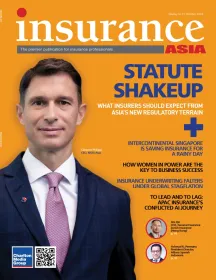
Australians strike out health insurance amid soaring costs
Over the past twenty years, health insurance prices have more than tripled.
Rising health insurance costs driven by various factors, including increased medical expenses and demographic dynamics, are prompting Australians to reassess their coverage options, emphasising the need for comprehensive reforms to ensure affordability and transparency in the sector.
A Finder survey conducted among 1,070 Australians reveals that 16% intend to cancel their health insurance in 2024.
Notably, 38% will retain their current insurer, while 15% will switch if offered better deals. Among genders, 18% of women and 14% of men plan to drop their coverage, with younger demographics being the most inclined to do so – 25% of Gen Z and 19% of Millennials.
The primary reason cited for abandoning health insurance is its cost, with 58% of respondents indicating price as the most critical factor in selecting a provider.
Over the past two decades, health insurance costs have soared by 204%, outpacing inflation rates. For instance, a policy that cost AU$1,000 annually in 2000 would now require AU$3,038.
ALSO READ: Health insurance amongst top priorities for job seekers in SG, HK
Additionally, recent government announcements indicate a 3.03% average premium hike, prompting concerns about affordability.
Factors contributing to rising prices include increased costs of medical services and hospital admissions, alongside higher expenses for generic medical devices.
Despite initiatives like lifetime healthcare loading, which aims to encourage younger individuals to enrol, older demographics remain predominant in the insured population.
However, this demographic distribution places strain on the system, contributing to premium escalation.
Despite substantial profits reported by health insurers, concerns persist regarding the allocation of funds. In 2022–23, the gross insurer surplus from hospital insurance reached approximately 18% of premiums paid, marking a significant increase from the previous year.
The Australian Medical Association advocates for enhanced oversight, proposing a mandatory minimum payout of 90% of premiums to ensure greater benefits for patients.



















 Advertise
Advertise


